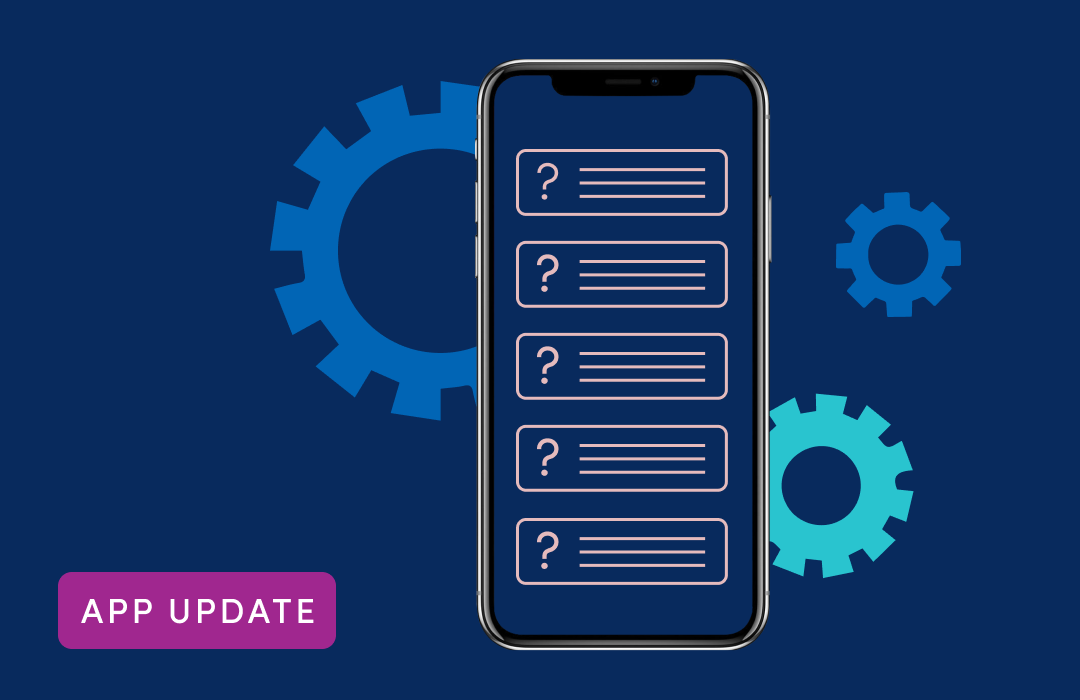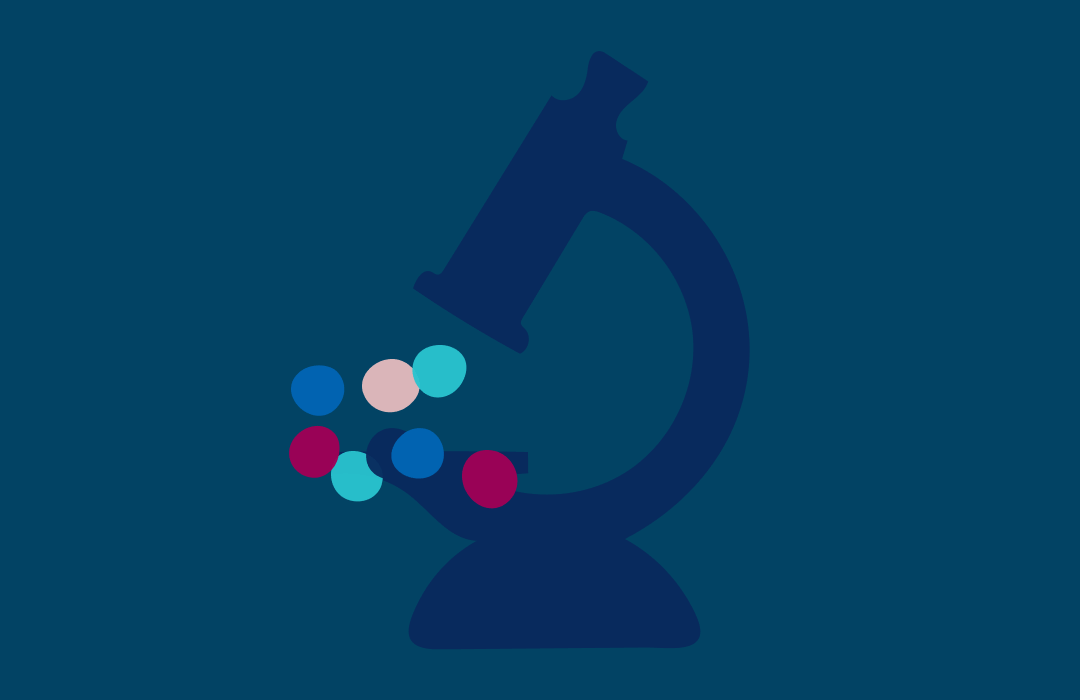
Millions of COVID Symptom Study app users are helping the hunt for a COVID-19 vaccine. Here’s how.
April 28, 2020
The quest for a vaccine against COVID-19 is one of the most pressing scientific challenges facing us right now. But you don’t have to put on a labcoat or take part in a clinical trial to contribute to this life-saving research effort.
You’re already part of it simply by downloading and using the COVID Symptom Study app for just one minute every day to log your health.
If you’re using COVID Symptom Study app and sharing it with your community, you are playing a crucial role in the fight against COVID by providing vital information about the symptoms of COVID-19 and making sure that vaccine trials are as quick and effective as possible.
Here’s how.
Your daily data is making a difference
By providing information about yourself and any symptoms you are experiencing, vaccine researchers will have a better idea of where COVID-19 is impacting the country. This information can be used to target specific areas for recruitment into vaccine trials.
We are also working with researchers to potentially offer app users opportunities to participate in these trials in the future.
It’s also important that researchers have data about COVID-19 from a diverse range of people to help make sure that any vaccines coming through are safe and effective for everyone. So we need to get as many people as possible downloading the app and using it every day.
Helping COVID-19 vaccine trials run quickly and smoothly
We’re currently working with key research groups who are working together to develop and test COVID-19 vaccines, and your data is key to helping them run trials as quickly and efficiently as possible.
The way that COVID Symptom Study app users are helping with global vaccine research is simple: by logging your health on a daily basis through the app. This data is providing vital insights into COVID-19 that are being used to shape how vaccine trials around the world are working. So thank you for your ongoing support!
We’re working with CEPI (Coalition for Epidemic Preparedness Innovations), which is part of COVAX - a global alliance of over 180 countries working together to develop and test COVID-19 vaccines which can be made available to people around the world - to help them run trials as quickly and efficiently as possible
By using powerful machine learning algorithms to analyze data from millions of app users, we’re able to spot the early warning signs of COVID-19 and predict who is likely to have the disease, even without a test. Not only is this a powerful way to predict the rates of COVID-19 across the country, it’s incredibly useful for vaccine trials. Here’s why.
Large scale clinical trials for a COVID-19 vaccine involve two groups of participants. Half are selected at random to be given the test vaccine, while the other half get a dummy vaccine (known as a placebo or control). Then the researchers wait and see how many people who got the real vaccine get COVID-19 compared with people in the control group.
Ideally, researchers should be able to quickly confirm whether anyone in the trial with possible COVID-19 symptoms is infected with the virus through PCR testing.
However, our analysis of more than 170 million health reports from COVID Symptom Study app users has shown that there are up to 21 different symptoms of COVID-19. These range from the classic ‘triad’ of cough, fever and loss of smell or taste, to headache, fatigue, gastrointestinal symptoms, confusion and skin rashes.
Given the duration and scale of these trials - eventually involving many tens of thousands of volunteers around the world - testing anyone experiencing any of these symptoms could quickly become overwhelming.
Spotting the symptoms that matter
We’ve been able to show that testing anyone experiencing cough, fever, loss of smell/taste or shortness of breath over two weeks would pick up 85% of people who are likely to test positive for COVID-19. Adding in fatigue and headache takes this up to 97%, although more tests overall would be needed.
This becomes an even bigger advantage when looking at the earliest stages of the disease. During the first three days, testing people with cough, fever, loss of smell or shortness of breath would find just over two-thirds of positive cases (68.2%), while adding in headache and fatigue takes this to more than nine in ten (91.2%).
This would be a big advantage in helping researchers running trials know how best to target participants for testing, so they can get answers on whether the vaccine is working as quickly and simply as possible.
Contribute to vital COVID-19 research in just one minute every day
All the insights that have come from the COVID Symptom Study app have only been possible thanks to our millions of regular users. We urge you to keep using the app to log your health for just one minute a day, and encourage friends and family to join too. Together we’ll get through this.





.png)


.png)



















_(1).png)















.png)





